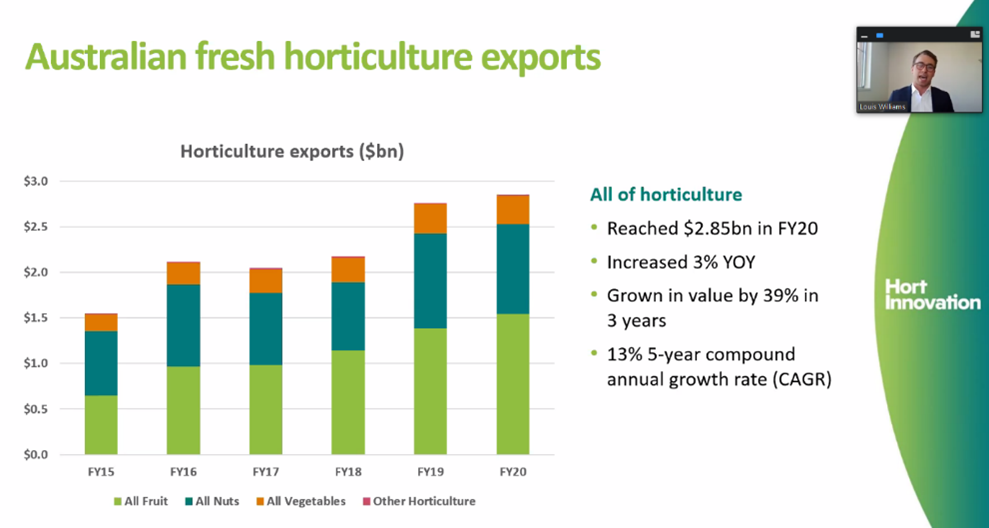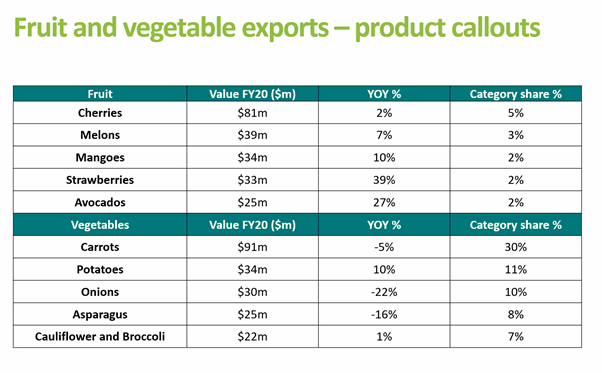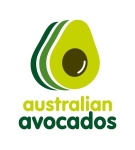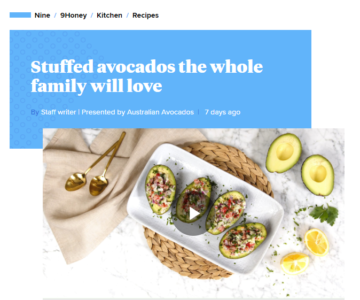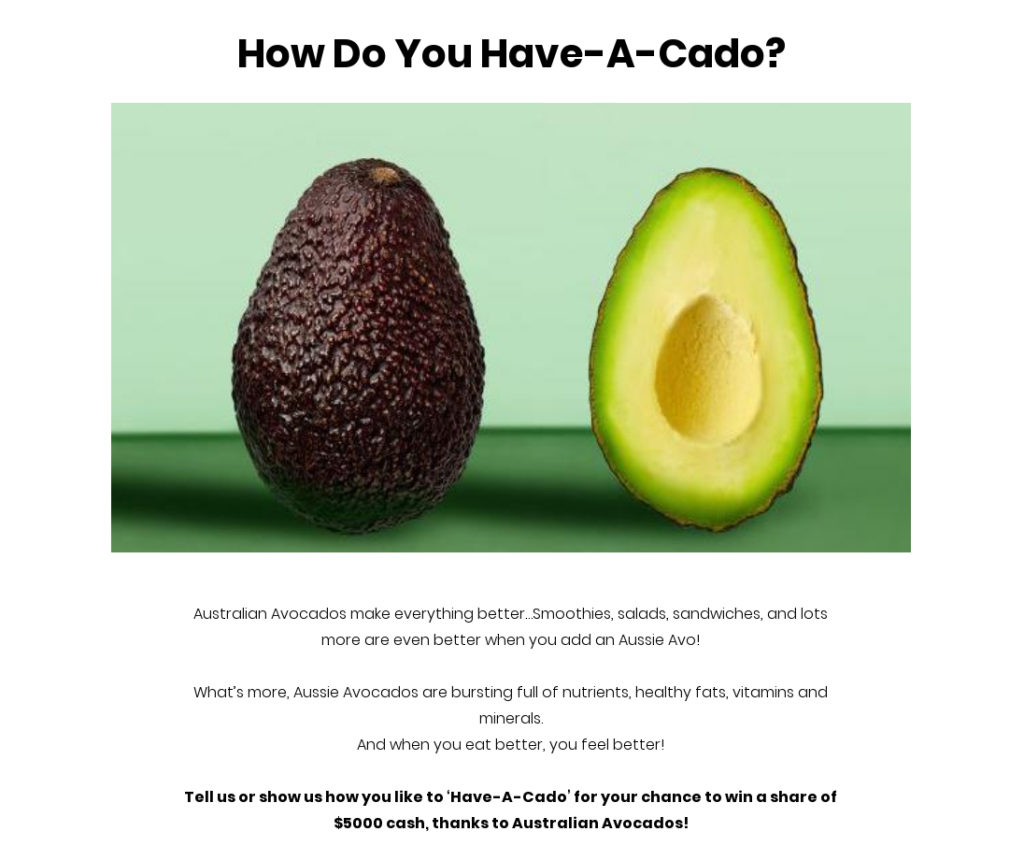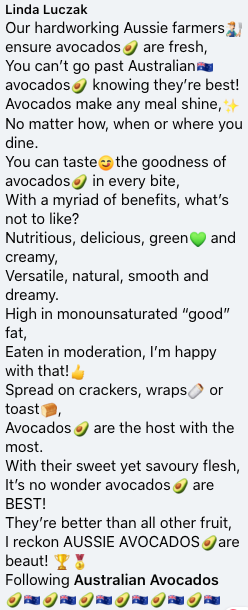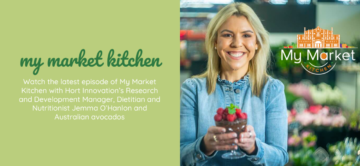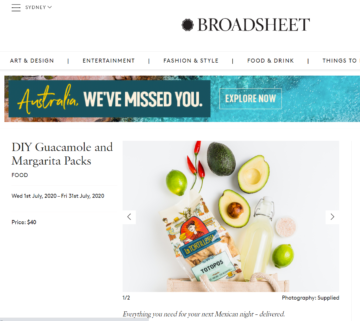As at 15 May, 2020. Please use the links to check for updates.
Well, provided there are no spikes, we now have a staged plan to reach what the Australian Government is calling a CovidSafe economy.
Importantly for the avocado industry, this includes a partial re-opening of food service, a sector that uses an estimated 10-20% of our production, but this opening is very slow and steady and unlikely to provide a large demand spike in the early stages.
We’ve compiled a state and territory rundown of current plans for food service (below) but in summary:
- in all states and territories where food service has been re-opened there are restrictions on the number of patrons and physical distancing requirements that will need to be met. This means pre-COVID customer levels are not to be expected,
- with limits in most cases at up to 10 patrons (based on 4 square metres per person), it won’t be economically viable for many eateries to re-open yet,
- in all cases, any outbreak has the potential to set back the easing of restrictions, and
- working from home continues to be encouraged in most states, limiting the number of people out and about for café lunches.
Research says at-home trends will stay
The trend toward increased in-home dining prompted by COVID-19 lockdowns, is set to continue into the future as restrictions ease, with value and innovation set to drive results in this category, a UBS report finds. UBS is a global wealth manager, incorporating corporate banking, asset management and investment banking.
In an inside FMCG article, UBS said consumers were also likely to be cautious about returning to restaurants due to the potential increased exposure to germs.
“We believe we will see fewer, but more planned, eating-out occasions, further exacerbated by industry consolidation. The net impact will, in our view, see a better educated, more decisive shopper that has higher expectations. We believe businesses that can operate a true pull (vs. push) model should win,” insider FMCG quotes from the report.
This is backed by the results of a national Food Industry Foresight survey (more below), that found around 40% of both restaurant and café operators believe they will not return to normal trading once lockdown is over, while around 30% believe they will.
Quality will be key to selling to food service
The latest COVID-19 Foodservice Bulletin from Food Industry Foresight surveyed cafes and restaurants in April, with 415 responses.
The survey found that while hardly any reported permanently closing their doors to date, cafes were proving more resilient than restaurants. Only 35% of cafés report they have currently closed temporarily, the equivalent figure among restaurants is a significant 20 percentage points higher at 55%. A majority report their turnover has declined dramatically.
You can read the full report here, but some key points of interest for the avocado industry are:
- a reduction in demand for pre-prepared foodstuffs could lead to an increase in fresh sales to this sector, but (and it’s a big but)
- this change is because fresh is cheaper, but the fresh product will need to always be usable. These businesses are unlikely to be able to take a chance on paying for a product with internal defects.
As an extra for smaller growers, it seems there’s been a spike in new takeaway operations in regional areas, and a focus on sourcing local, fresh product from other local businesses. Nielsen reports this same “shop local” approach also applies to consumers.
And what about their customers?
Well, Thursday’s unemployment numbers from the Australian Government were far from cheery. According to this ABC report, nearly 600,000 Australians lost their jobs in a four-week period this year, and as many again had their hours slashed. (There’s now 1.8 million Australians underemployed; they want more hours, they can’t get them.) In addition to this, more than six million are on JobKeeper, which runs out in October.
The current Australian unemployment rate is 6.2%, and it’s possible this rate is higher as the official unemployment rate only includes those looking for work, and many can’t do that during a pandemic. About 490,000 Australians gave up on looking for work during April, and are not counted in the official unemployment figure. (Note, there could be a range of reasons for this, including the shutdown of the industry in which they trained, additional caring responsibilities etc.)
State of play for COVID-19 food service restrictions
**This summary of restrictions was prepared on 15 May 2020 and may now be out of date. Please confirm up-to-date details with your relevant state/territory government website.**
Tasmania
From 18 May, restaurants and cafes can seat up to 10 people at a time, with one person per 4 square metres, and physical distancing of 1.5 metres. There’s also some easing on travel and quarantine, read more here.
In Stage 2 from 15 June, food service can have 20 people dining in, and the same limit applies for gatherings at cinemas, museums etc. And accommodation re-opens.
From 13 July, indoor/outdoor gatherings increase to between 50 and 100 people but this will be determined by Public Health. Food courts and food vans at markets may open during this stage, as can the markets themselves.
At all stages, the Tasmanian border controls remain in place.
Victoria
Victorians have had their health emergency extended from 12 May to 31 May. Licensed premises cannot operate during the restricted activity period, but can continue to provide takeaway food and drink. Market stalls and markets can operate, with no more than one person per 4 square metres. Cafes etc can continue to provide takeaways.
The only slight easing in Victoria so far announced was this week’s decision to allow visits to friends and family, play non-contact sport, and some small indoor gatherings, all with restricted numbers.
On 17 May, the Victorian Premier announced there would be a return option for food service (dependent on community transmission levels and other factors):
- from 1 June – cafes, restaurants and pubs will be able to reopen their doors to serve meals to up to 20 customers at a time per enclosed space
- from 22 June – this could increase to up to 50 patrons
- during the second half of July, up to 100.
New South Wales
In New South Wales, from 15 May outdoor gatherings of 10 people will be allowed, and cafes and restaurants can seat 10 patrons at any one time. However, cafes and restaurants must continue to apply the 4sqm rules and patrons who are not members of the same household must exercise 1.5m in physical distancing. Read more here.
There is no easing on travel restrictions, but intrastate travel was already possible (household to household, and within visitor number limits) throughout NSW.
The NSW Government will consider steps two and three of the Australian Government’s Roadmap to a COVIDSafe Australia in due course.
Australian Capital Territory
As reported by the ABC, food service businesses can re-open tomorrow (Saturday, 16 May) for up to 10 patrons, with physical distancing rules. The Chief Minister expects the “vast majority” of food service to remain takeaway and delivery based for now.
Queensland
The Queensland Government roadmap includes each food service venue completing a COVID SAFE checklist, and submitting a COVID SAFE Plan for a chance of hosting patron numbers beyond those in the roadmap. In all cases, physical distancing has to be maintained, with 4 square metres per person when indoors.
From 15 May, up to 10 people are permitted to dine in at restaurants, cafes, pubs, registered and licensed clubs, RSL clubs and hotels, but there’s no bars or gaming. Day trips of up to 150km within your region are allowed. Check the map of Outback shires below, but essentially, if you are in a coastal or Southern Queensland shire, these are the restrictions that apply to you.
Patron numbers are up to 20 in Outback areas (there’s a list and map of Outback shires here), and Outback residents are allowed to travel 500km within the Outback and can stay overnight.
Provided all goes well, from 12 June the dining limits increase to up to 20 people for dine in, and amusement parks, tourism experiences, zoos and arcades reopen with the same limits. And tourism accommodation will re-open but you can still only drive in your region (up to 250km).
Again, if you live in one of those Outback shires, the limits are higher: up to 50 dine-in, and recreational travel in the Outback but only if you live in the Outback.
Stage 3 is planned to start on 10 July, the dine-in restrictions are for up to 100 people and it looks like bars will re-open, with the addition of clubs and nightclubs to the list.
Additional travel restrictions continue to apply for the Far North and some shires in the Gulf of Carpentaria, as well as Cherbourg, Mornington, Palm Island, Woorabinda, Yarrabah, and Fraser Island, Moreton Island and North Stradbroke Island.
Points of interest:
- at this week’s Queensland Government Ag Working Group, it was clear the Health Department was not entirely happy with the crowds in shopping centres last weekend, and Avocados Australia would suggest food service outlets will need to abide by the new rules or risk compliance measures
- the more populated areas are the ones with lower patron limits for food service
- it’s possible interstate travel will be permitted at Stage 3.
Northern Territory
The NT got a jump on everyone else, with beer trucks heading up the Stuart Highway last week. Still, businesses will need to complete a COVID-19 Safety Plan Checklist, and by 5 June all businesses should have their own COVID-19 Safety Plan.
From 1 May, the NT Government eased restrictions on recreational activities, but not food service as part of its Roadmap to a New Normal.
From noon on 15 May (today), food can be served and consumed in a shopping centre food court, restaurants and cafes will be open, as will bars, sports or RSL clubs (alcohol allowed with the consumption of food). Public sites such as galleries, historical sites and zoos also open. These activities must be undertaken in less than two hours and a minimum space of 1.5 metres must be maintained between people not of the same household, along with other requirements.
For Stage 3 (from noon on 5 June), entertainment and recreational venues re-open, go to the bar without ordering a meal, and attend community and sport events (but if there will be more than 500 people, the organisers have to have an approved COVID-19 Safety Plan).
Designated Biosecurity Areas will be maintained, but there will be some new arrangements. The NT Government has no timeline for re-opening its borders.
Western Australia
From Monday, 18 May Western Australian cafes and restaurants (including those in clubs and bars etc), can seat up to 20 patrons as part of the state’s roadmap. Regional travel restrictions will also be relaxed, except in the Commonwealth biosecurity zones.
Businesses across Western Australia will need to prepare a COVID Safety Plan before they re-open, to protect staff and customers.
Details for Stage 3 have not yet been confirmed, but are likely to include an increase in the number of patrons allowed to dine in.
The Western Australian border closure is expected to be the last restriction lifted.
South Australia
You can find the South Australian roadmap here. Stage 1 started on 11 May with outdoor dining allowed with one person per 4 square metres and 10 people max. From 8 June, seated dining will be allowed for up to 20 people and cinemas, theatres, galleries etc will re-open.
The opening of food courts and easing state border restrictions will be considered after Stage 2.
Prepared for the Guacamole of 15 May 2020. Please seek more up-to-date information.
